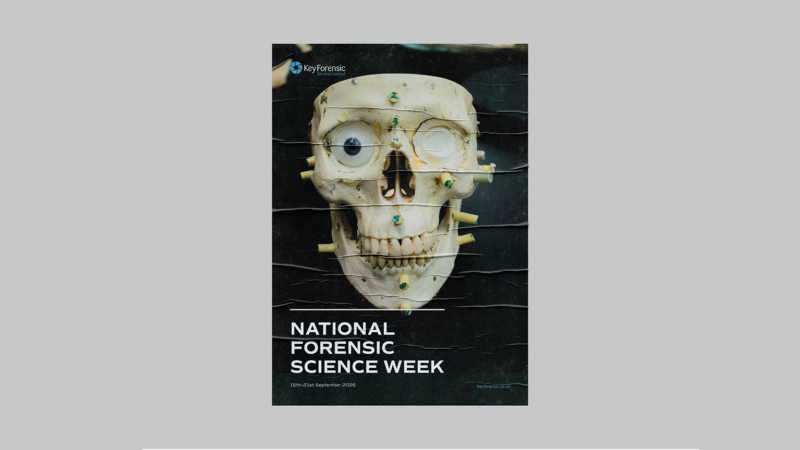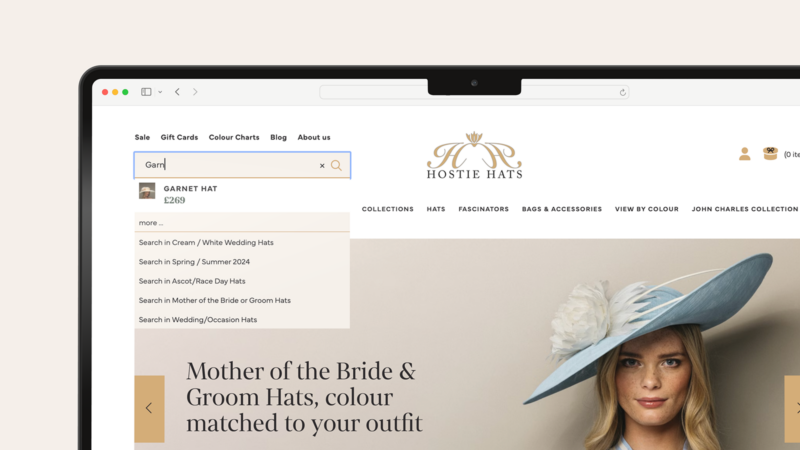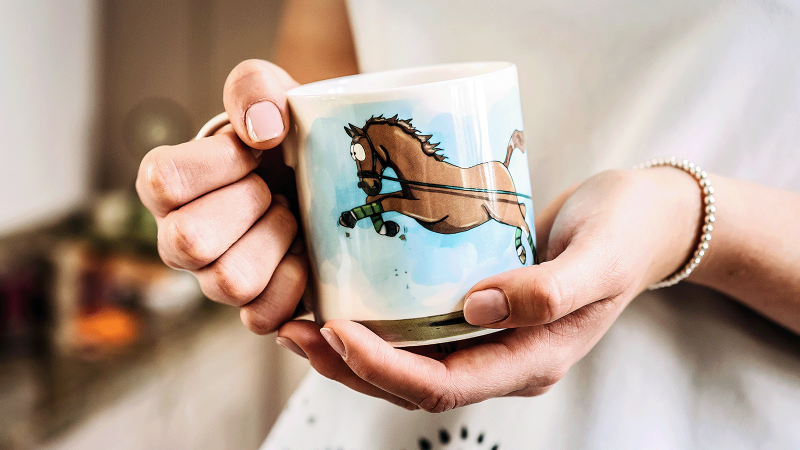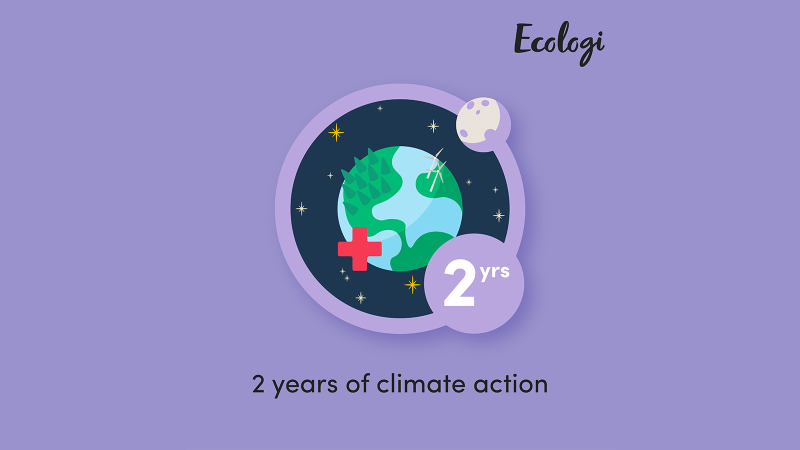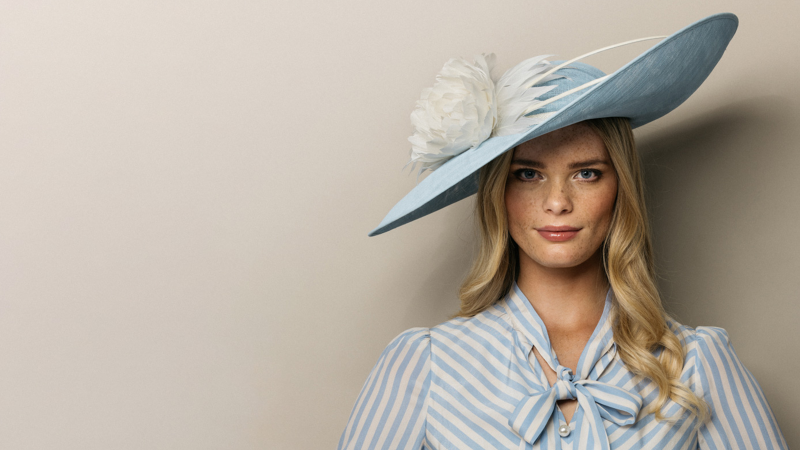
By far the most significant percentage of brands, some 50%, are making cuts in marketing intending to conserve finances enough to survive another day. 29% remain in a holding position of maintaining previous marketing spend.
These statistics paint a picture of brands, somewhat understandably, battling to survive with a short-term focus on holding on to cash or in a state of paralysis as to how to play it in the current situation — 10% of marketers believe their finance department would reject requests for marketing spend because it would be a waste of time and money.
It seems then that the approach of most brands is in some way to hope it blows over before their cash runs out and, hopefully, return to business something like usual.
Only 10% of consumers believe they will return to their usual pattern of behaviour once the lockdown eases.
Consumer research** shows the pandemic recovery is going to be more of a marathon than a sprint, however. That’s once the lockdown ends too and we still don’t have a timescale for that yet.
Only 10% of consumers believe they will return to their usual pattern of behaviour once the lockdown eases. A massive 77% of consumers say that they will be either a bit cautious or very cautious, and 13% intend to stay in some sort of lockdown situation. 28% of consumers also believe the experience will leave them with permanently changed shopping behaviour.
There’s an evident gulf between brand thinking and consumer thinking, in terms of the timescales this will play out at least.
The research indicates that customers are going to have to be coaxed back rather than flooding back uninvited as soon as the lockdown eases. When they do come back, they will also be coming back with reduced income.
If they are to survive or even thrive, brands need to find a way of bridging the gap and form a longer-term plan now to negotiate their current reality, the road to recovery is going to be a long one.
* Marketing Week and Econsultancy
** Retail Economics
Photo by Adi Goldstein on Unsplash

